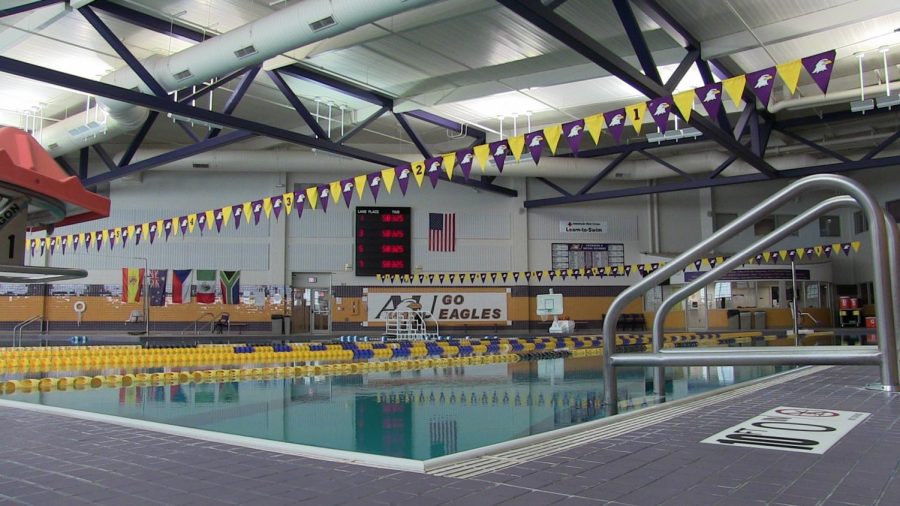Chlorine levels sideline AU swimmers
The pool in the recreation center had to undergo a shocking treatment due to chlorine levels being too high
October 28, 2018
The swimming pool in the Ashland University recreation center had to undergo a shocking treatment last weekend (Oct. 18-19) due to the combined chlorine becoming too high.
The chloramine (the combined chlorine) level in the pool became too high which affected the skin and breathing of AU swimmers during practices. This effect on the swimmers propelled the rec center staff to undergo shocks of the pool so the chemicals would not cause further symptoms to the athletes.
“We are shocking, or super chlorinating the pool, which is where you provide so much chlorine in the water at one time that it oxidizes all the chloramines and that actually evacuates them from the pool,” Assistant Director for Aquatics and Student Development, Justin Fletcher said.
During the week of Oct. 15-19, the chemicals really began to affect the athletes, some who even become allergic to the pool when the chlorine doses became too high.
On Oct. 17, ten AU swimmers had to be away from the team and instead practiced at the local YMCA on Miller St. in Ashland where the chlorine levels were better and would not irritate the athletes.
On that same day, athletic trainer Anthony Bartko saw 16 different athletes from the swimming and diving team on symptoms caused by the pool chemicals.
“It’s making it so the student-athletes are experiencing a variety of symptoms from cough, runny nose, stuffy nose, irritated skin and dry skin,” Bartko said. “I also had one student-athlete who was experiencing a bloody nose and she was also vomiting.”
Bartko said that this has been an issue where it has affected the swimmer’s respiratory systems for about three weeks now. He also believes this is a health issue that decreases their performance while trying to practice and prepare for the 2018-2019 season.
“It’s going to decrease their performance if they are not able to breathe adequately and they feel run down because of it,” Bartko said. “I’ve had to pull a couple of them completely from participating in any swimming because the chlorine exposure is getting so bad.”
Fletcher is a certified pool operator through the National Swimming Pool Foundation and therefore oversees the maintenance and operation of the pool. Fletcher said that this situation, for the chloramine levels to become this high, occurs when the pool suddenly starts being used more.
When the swimming and diving team began practicing twice a day, Fletcher said that is when the chloramine levels started to increase because of the skyrocket of usage of the pool.
“Whenever you have 27 athletes in there kicking, swimming, stirring everything up that is then kicking those chloramines up into the air and it hovers right over the surface of the pool,” Fletcher said.
Once Fletcher knew that the chloramine levels became an issue and affected the athletes, he and the other rec center staff had to wait until the weekend of Oct. 13 so that they could do a non-chlorine shock. This method did not work which then turned them back to a full chlorine shock of the pool.
“That process (the non-chlorine shock) did not work so we are going back to the tried and true super chlorinating method which we know is more effective,” Fletcher said.
Coming off of the fall break weekend when the rec center was able to shut the pool down and initiate that full chlorine shock, Fletcher said that they were able to reduce chlorine from the higher level that it was at.
For Bartko, he wants to continue to ensure the health of his student-athletes and has realized the seriousness of this situation being detrimental to the athlete’s health.
Moving forward, the AU rec center has changed their plans so that they can adapt to the rising situation of the chloramine level so that the full swimming and diving team can resume normal practices with all of its athletes.
“We’re continuing to adjust and change our plans we had in place to make sure that we can provide the best facility that we can,” Fletcher said.



